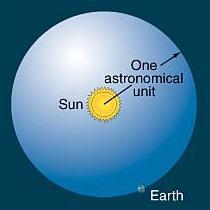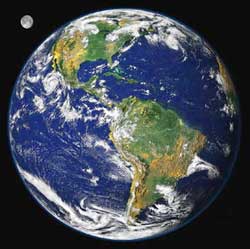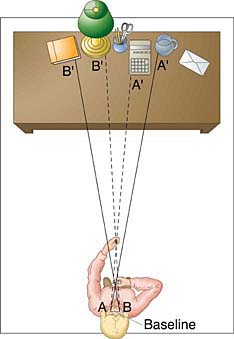|
Revolution of the Earth
- What is it? Our orbital
motion around the Sun on the ecliptic plane, in the same direction
as the rotation, at a distance of 1 astronomical unit (AU), or 150
million km [at 60,000 mph!] Takes about 365.25 days... Why don't we feel this motion?
- Changing sky: Stars
and constellations rise 4 minutes earlier every day, which leads to
a gradual change of the night sky throughout the year.
- Seasons: Cold winters and warm summers
are not due to varying distance from the Sun (seasons are opposite
in the northern and southern hemispheres!), but to the 23.5º tilt of
Earth's axis of rotation.
- Important dates: The Winter
and Summer Solstices are, in the northern hemisphere, the shortest
and longest day (but not the coldest and the hottest); on the
Spring and Fall Equinoxes the day and night are equally long,*
and the Sun rises exactly in the east, sets exactly in the west.
- [What is a year, really? Tropical
vs sidereal year; Why are they different?]
* In reality, because of the atmosphere, the day is a few minutes longer!
|

A twist - Shape of the Earth's orbit: The
distance to the Sun actually varies between a minimum at perihelion
[147.5 Mkm, on Jan 4th] and a maximum [152.6 Mkm].
|


_100x100.gif)


![]()